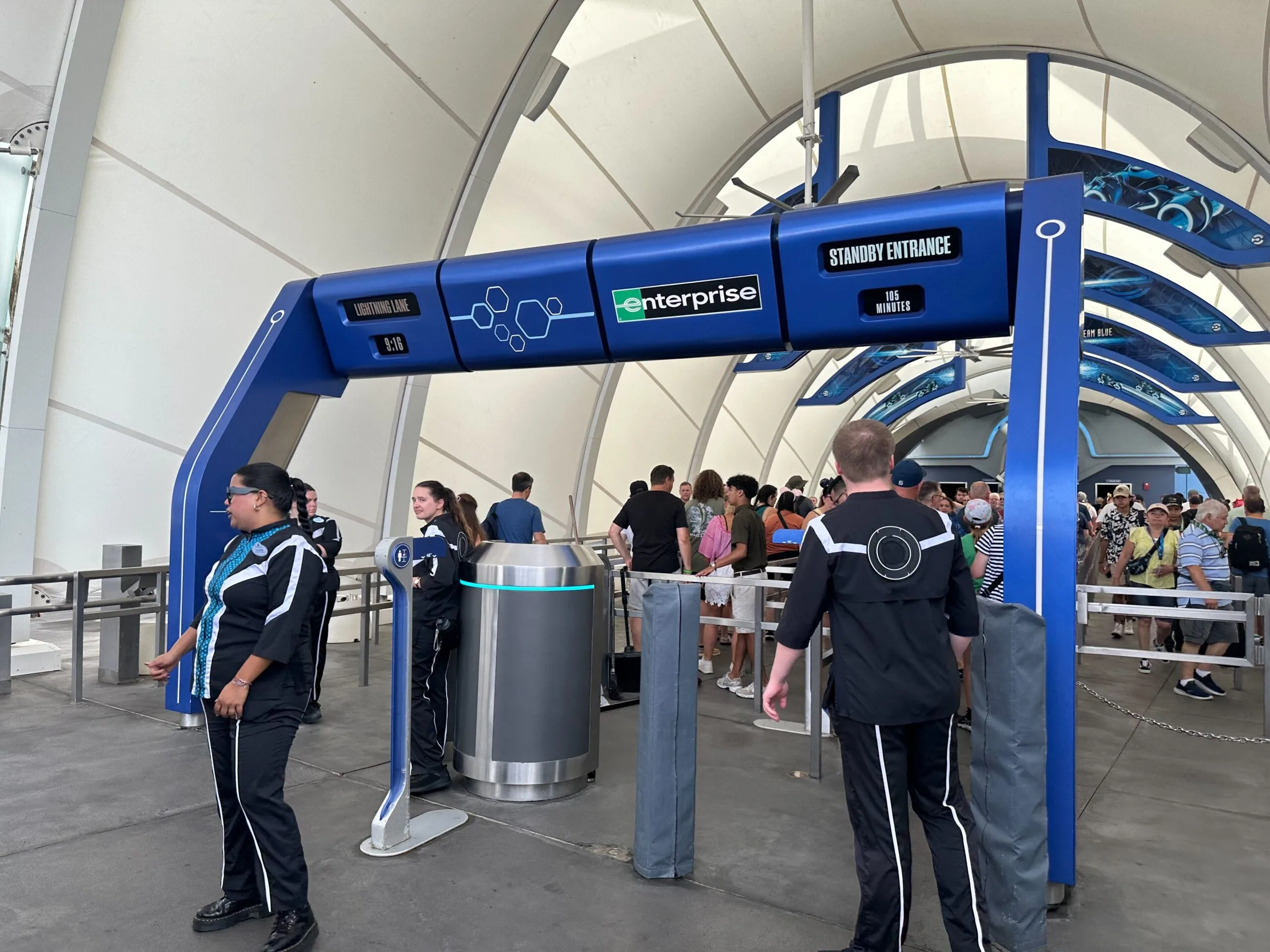A plan long fought over by New York Governor Kathy Hochul to charge drivers a fee to enter Manhattan’s most congested areas won approval Wednesday from the board of the Metropolitan Transportation Authority, a huge step toward implementing the nation’s first congestion pricing. Congestion pricing has already sparked intense public discussion among the city’s residents, business people, and policymakers as governments are continuing to advance to initiate their moves for alleviating traffic congestion but in the meantime, getting billions of dollars for upgrading transit infrastructures.
Under the plan, drivers entering Manhattan below 60th Street will pay a congestion toll differentiated by time of day, vehicle type, and exemptions; it will reduce traffic volumes that drive on Manhattan streets, thereby improving air quality and encouraging the use of public transport. The argument here is that the tolls will help alleviate Manhattan’s notoriously gridlocked streets and bring much-needed revenue to the MTA, which has crying financial problems.
Dollars collected for tolls will amount to $1 billion a year, which the MTA will use in developing and improving subway, bus, and commuter rail services. The funds are intended to pay for such improvements as would take place in infrastructure, expand service, and modernize aged transit systems.
Governor Hochul was one of the unrelenting proponents of this congestion pricing plan as a transformative measure against New York City’s challenge in terms of transportation. Speaking right after the board of MTA approved the program, Governor Hochul emphasized its long-term value. She said at a news conference, “This is not just about reducing traffic; it is also about creating a more sustainable, efficient, and equitable transportation system for all New Yorkers.”
The governor also cited several environmental benefits, saying that reduced central business district vehicle emissions in Manhattan will help the city achieve its climate goals and improve air quality in surrounding neighborhoods.
The congestion pricing plan has found popularity with environmental groups, town planners, and public transit riders who see it as the step to a car-free city built for pedestrians and a transportation system. Advocates believe there would be fewer cars in circulation, fewer pollutants, faster commutes, and safer streets for cyclists and pedestrians.
But a number of groups – especially suburban commuters, small business owners, and some elected officials – have loudly opposed the plan. Critics argue that tolls disproportionately would impact working-class drivers and small businesses that rely on vehicle access to Manhattan. Some have called for more exemptions or alternatives, such as congestion relief in outer boroughs and improved transit service before the tolls.
In anticipation of MTA board approval, the plan is to clear this congestion pricing plan and determine the specific toll rates with corresponding exemptions that will be widely disclosed to the public. This is in anticipation that the implementation of such will push through by late 2024 or early 2025.
In addition, the MTA will put in place electronic tolling infrastructure, including cameras and sensors to track traffic and collect tolls. They are likely to be much like systems already in use on bridges and tunnels throughout New York as part of its cashless tolling initiative.
The approval of congestion pricing from Governor Hochul signals a bold effort to make Manhattan’s traffic jam less pressing and generate critical funding for New York City’s transit system. As the plan is met with opposition and considerable logistical hurdles, supporters say it marks a futuristic initiative that chases after sustainability and public transport. Still, as New Yorkers are set to face rollout, their debate over its economic and social impacts is likely to persist.




